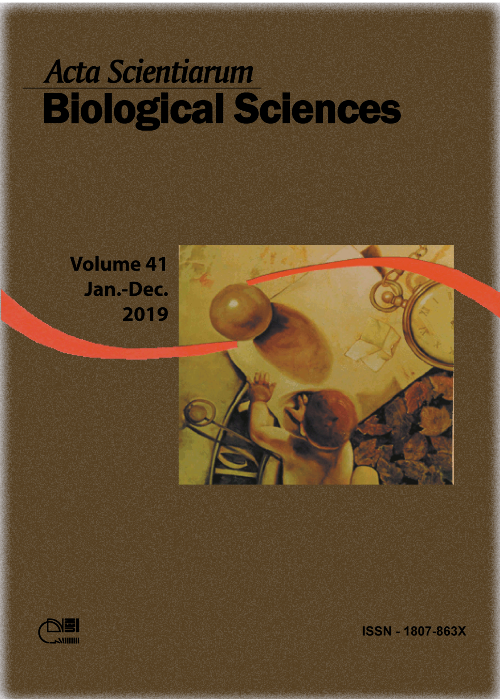Rapid green synthesis of silver nano particles from <i>Ziziphus mauritiana</i> and antibacterial activity against human pathogens
Abstract
A novel green source Ziziphus mauritiana fresh young leaves was opted to synthesize silver nanoparticles and analyze its antibacterial activity. The bioactive compounds present in the plant extracts reduced silver ions to NPs, indicated by change in color from red to dark brown. In this study, we have successfully synthesized nanoparticles using Z. mauritiana aqueous leaf extract as a reducing agent and the reaction process of synthesized nanoparticles was monitored by UV-Vis spectroscopy. The UV-Vis absorption peak showed maximum adsorption at 420 nm confirmed the silver nanoparticles synthesis. Further characterization was carried out by FTIR and the results recorded a downward shift of absorption the bands between 400 to 4000 cm-1 indicates the formation of silver nanoparticles. Finally, the present research was exploited to study the antibacterial activity of synthesized nanoparticles produced Z. mauritiana was studied using different pathogenic bacteria such as Salmonella sp., Proteus sp., Bacillus sp., Klebsiella pneumonia and E.coli from the well diffusion results, the synthesized silver nanoparticles displayed the best antibacterial property as compared to the antibiotic has been reported in this paper. To the best of our knowledge, this is the first report that the Z. mauritiana aqueous extract facilitate the synthesis of silver nanoparticles and also exhibits antibacterial activity.
Downloads
DECLARATION OF ORIGINALITY AND COPYRIGHTS
I Declare that current article is original and has not been submitted for publication, in part or in whole, to any other national or international journal.
The copyrights belong exclusively to the authors. Published content is licensed under Creative Commons Attribution 4.0 (CC BY 4.0) guidelines, which allows sharing (copy and distribution of the material in any medium or format) and adaptation (remix, transform, and build upon the material) for any purpose, even commercially, under the terms of attribution.
Read this link for further information on how to use CC BY 4.0 properly.












1.png)




3.png)













